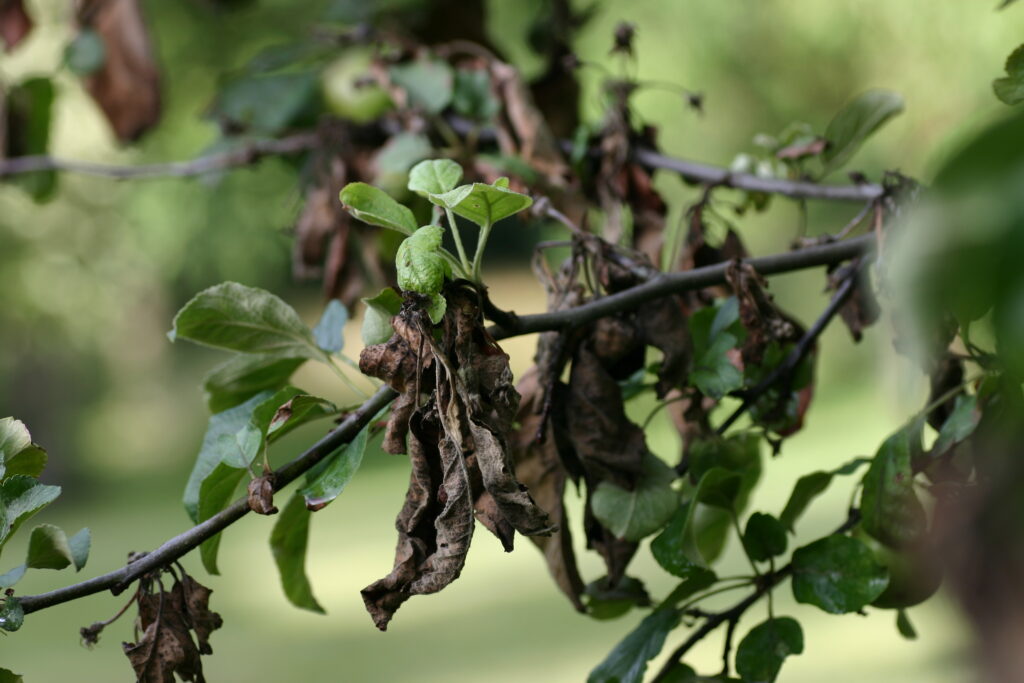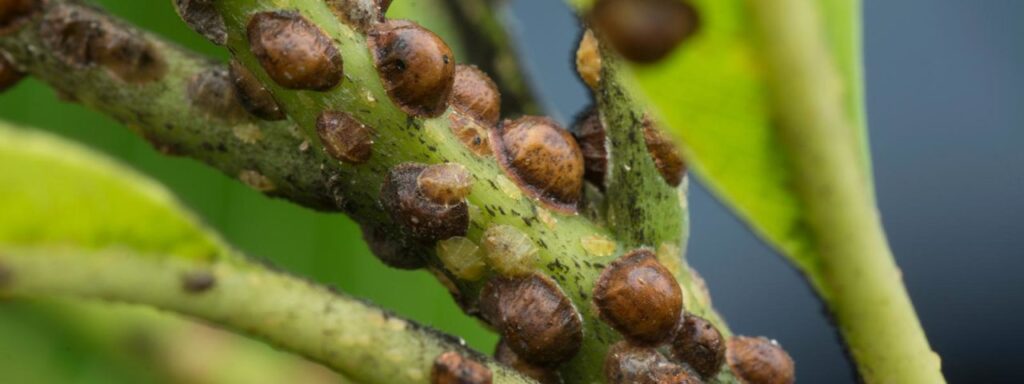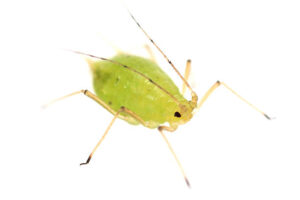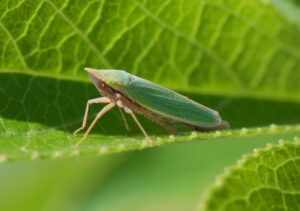Hi guys, in this article we are going to talk about what could be killing your pyracantha, I assume that’s why you’re here!
First off, let me start with a small introduction about the Pyracantha incase you’re not familiar.
Commonly known as the Firethorn (pyra being fire, cantha meaning thorn), the shrub is renowned for a being hardy weather resistant shrub.
With its robust, thorny branches these often make it a great choice for hedges.
It’s also pretty when it flowers and vibrant later on in the year when its bright orange berries come out.
This makes it a great addition to any garden whether it be a feature shrub or even on the borders. The birds absolutely love the berries in the winter too as this keeps them fed!
However, while the shrub is hardy it doesn’t mean it won’t succumb to any diseases or insect infestations.
So, lets crack on and see what potential pyracantha killers we need to look out for, keeping your shrub flourishing!
Fire Blight
One of the most common diseases and what kills pyracantha most often is Fire blight and this is caused by a pathogen called Erwinia Amylovora.
The disease is highly contagious and also affects plants that are in the same family. This includes pear trees, apple trees, and other fruit bearing trees.
The symptoms

Fire blight will typically start infecting the pyracantha around spring time, usually as the weather starts to warm up.
Things to keep an eye out for are as follows;
Shoot Blight: First you will notice the new shoots wilting and turning black, they will often droop over and for a ‘shepherds crook’ like shape. The blossom and the surrounding leaf will also turn black.
Leaf and fruit blight: As mentioned above, the disease can also spread to the fruits and leaves of the shrub. The leaves go brown and wilt, the once vibrant fruit goes black and shrivels up.
Cankers: Dark, sunken lesions oozing with amber-coloured liquid may appear on the branches of your pyracantha, leading to more evidence of a bacterial infection.
Control and management
First of all, prevention is crucial!
Let’s look into some of the main causes and look into how fire blight spreads.
Fire blight is quite tough to control once it has gotten grip of the plant, so here’s some suggested measures that can help prevent fire blight on pyracantha.
Resistant Varieties: There’s a few different types of pyracantha out there, some are more resistant to fire blight than others.
Consider choosing resistant variants of pyracantha when planting out a new hedge or shrub.
Pruning: It’s possible that infected tools from cutting other shrubs can pass on fire blight to other beloved pyracanthas. If you’ve pruned one and suspect your shears or secateurs are infected make sure you sterilize them with a solution of 10% bleach or 70% isopropyl alcohol to prevent spreading the bacteria further.
However, if you do notice symptoms on the pyracantha – find the damaged part of the branch and cut around 10-12 inches below it; hopefully this will grow back an uninfected fresh shoot.
Watering: Always try and water the base of the shrub to keep the leaves dry, as overhead watering can spread the bacteria from leaf to leaf.
Root Rot
A fungal disease that in most cases, if left untreated will lead to the decay and eventual death of most shrubs, even your pyracantha!
The fungal disease affects the roots of the plant and is caused by certain types of soilborne fungi. Oak root fungus and Phytophthora are most commonly responsible for root rot in pyracantha.
The Symptoms
Root rot is pretty hard to detect at first, which usually means that by the time you’ve noticed it; root rot will have already taken hold. The symptoms become more obvious as the disease progresses.
Let’s look out for the signs!
Branch dieback: As the disease progresses, the branches will start to slowly die, causing them to wither and turn dark brown.
Wilting: Even if the plant has received the right amount of water, the leaves of the pyracantha may start to wilt and turn yellow.
Leaf drop: During the growing season infected pyracantha may shed their leaves prematurely.
Stunted growth: You may notice the shrub isn’t growing much and that new shoots may be shorter or weaker than usual. This is another sign of root rot.
Discolored roots: Finally, you may notice that the roots appear waterlogged and feel soft and mushy like to touch. This is due to fungal decay. Another tell tale sign is brown or black lesions on the roots surface.
So, now you’ve diagnosed root rot, lets look at controlling it!
Control and management
Once root rot is established, it can be challenging to get rid of!
Here’s a couple of ways to deal with root rot on your pyracantha.
Well drained soil: Water logged soil promotes root rot development, therefore it is vital that the pyracantha is planted in well drained soil.
Well planted: When planting, avoid burying the roots of the shrub too deep. You want the pyracantha to be planted at the correct depth. You will know it’s at the right depth when the root collar is at or just above the soil level.
Watering: As with Fire Blight I mentioned further up the page, avoid to water from above. Try to water at soil at the base of the plant, this minimizes splashing and reduces spread of the fungus. Avoid over watering and allow a day or two between watering again.
Improve the soil: If the base of the pyracantha isn’t absorbing water, the water could be sitting on top of thick clay. Try amending the clay soil with some kind of organic matter or compost to improve drainage.
Clean your tools: If you’ve been pruning the infected pyracantha with a pair of shears or secateurs, I would recommend cleaning the tools properly with soap or disinfectant before pruning another or shrubs. This will reduce the risk of passing root rot onto any other shrubs.
Insect Infestations
Although quite resistant, pyracanthas can still get infested by some common insects. I’ll list some of these below.
Scale Insects: Scale insects, also known as ‘Coccoidea’ are tiny oval-shaped insects that cling to the plants stem and leaves.
These can cause stunted growth, leaf drop and yellowing of the leaves as they continue to feed off the sap of the plant.
If you’re unsure what to look out for when looking for these insects, lookout for small, waxy bumps on the stems surface.

Thrips: Thrips, also know as ‘Thysanoptera’ are tiny insects that cause gray or bronze streaks on the leaves. Thrips like to feed on plant tissue which leads to leaf distortion and damage.

Caterpillars: While the caterpillars aren’t as common, infestations can result in noticeable damage on the leaves.
Aphids: These soft bodied insects can be found in various colours, they are small and feed on the sap of the plant – this causes distortion of new growth and the leaves to curl.

Because they feed on the sap of the plant, this can also attract ants which become attracted by the honeydew.
Spider Mites: Often found feeding on the underside of the pyracanthas leaves, infestations from these little critters can lead to premature leaf drop. Tell tale signs to look for to see if you have spider mites are discoloration, and more obviously – webbing.
Leaf Hoppers: Leafhoppers come from the family ‘Cicadellidae’. These are small, wedge shaped insects and are known to suck the sap from plants, shrubs, trees and even grass. Their back legs are made for jumping, hence the name ‘leaf hoppers’.

These insects can cause discoloration as they feed on the sap and are known to transmit other plant diseases aswell.
Pyracanthas in general are quite hardy plants and can tolerate minor insect infestations fairly well, without any significant harm being caused to the shrub. The healthier the pyracantha, the more geared up they are to resist pest attacks.
Always inspect the shrubs you’re fond of regularly to avoid serious infestation. Spotting some of these signs early and nipping it in the bud quickly makes all the difference!
Bad Pruning
Pruning when done the right way is great for a shrub!
It can promote healthy growth and enhance the shape of the shrub, it can also help it bloom better the next time around.
Failing to prune the pyracantha properly can be bad for the shrub. Improper pruning such as being too aggressive can weaken the plant. If you’re looking to prune any shrub like this aggressively make sure it’s in the winter when the shrub is dormant.
Cut too harsh at the wrong time of year can leave the shrub vulnerable to infections.
Cut too close to the main stem, taking away some of the main leaves makes the shrub struggle to photosynthesize; This means the shrub fails to produce energy.
Ultimately leading to the plants untimely death. 🙁
If you found this article helpful and finally know what kills pyracantha, don’t hesitate to follow us on YouTube or sign up to our mailing list for weekly updates.
If you have any other queries about any other shrubs, please email us!




